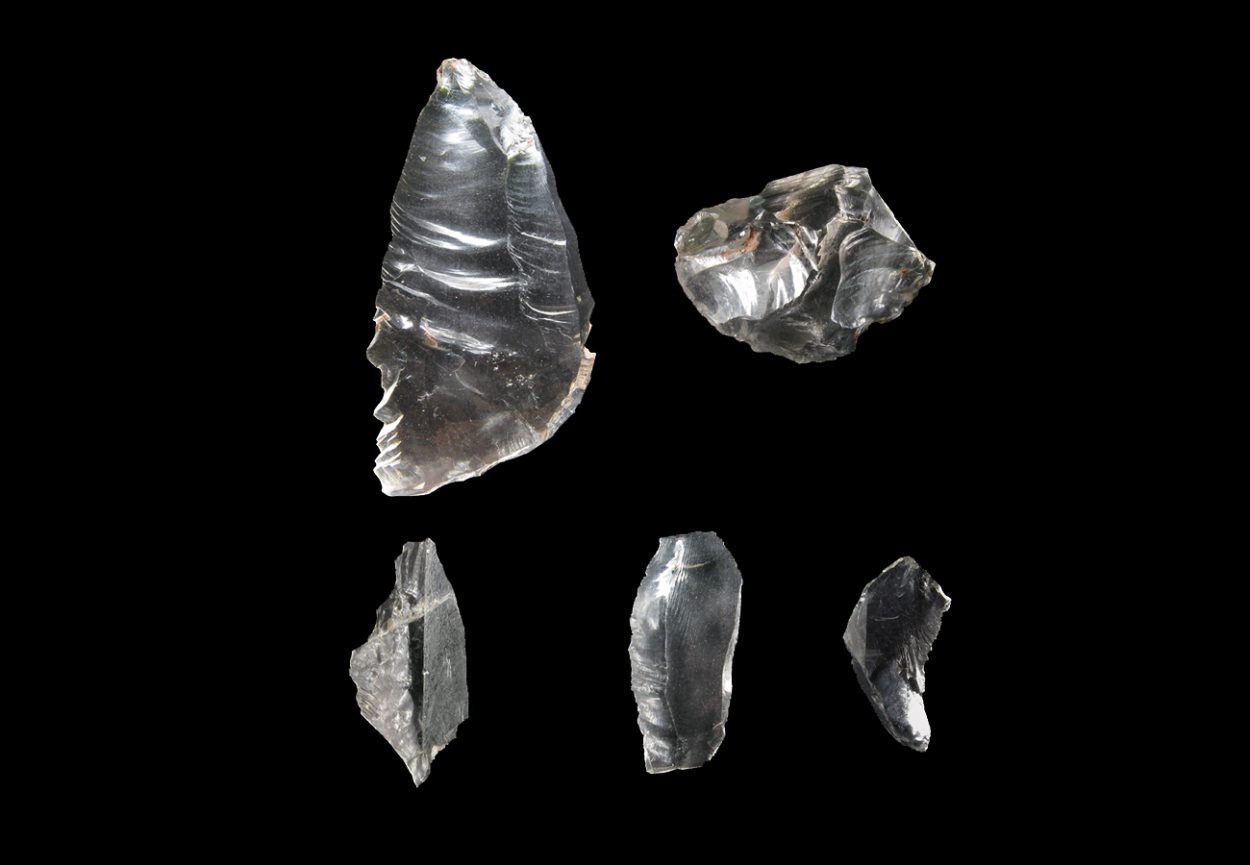Early Neolithic people used rock crystals to mark burial sites, according to new study.
Archaeologists from the University of Manchester, in collaboration with the University of Cardiff and Herefordshire County Council, have discovered rock crystals during excavations at Dorstone Hill in Herefordshire, England.
The site is a unique complex consisting of timber halls, burial mounds, and enclosures that date from the early Neolithic period 6,000 years ago.
The rock crystals found at Dorstone Hill are a rare type of transparent quartz which forms in large hexagonal gems. They have been knapped and were intentionally deposited within the burial mounds. Experts believe that the crystal material was placed at the site over many generations, potentially for up to 300 years.
There are very few places in the British Isles where these crystals are found in such a high level of purity, the closest being Snowdonia in North Wales and St David’s Head in Southwest Wales – this means that the prehistoric people living around Dorstone Hill must have carried the material across large distances to reach the site.
Evidence of rock crystals are found on a handful of prehistoric sites across the UK, but little investigation has been conducted to determine their purpose or significance. The team speculates that the material was used to demonstrate local identities and their connections with places around the British Isles and to mark the burial site.
Lead researcher Dr Nick Overton said: “It was highly exciting to find the crystal because it is exceptionally rare – in a time before glass, these pieces of perfectly transparent solid material must have been really distinctive.”
“The crystals would have looked very unusual in comparison to other stones they used, and are extremely distinctive as they emit light when hit or rubbed together and produce small patches of rainbow – we argue that their use would have created memorable moments that brought individuals together, forged local identities and connected the living with the dead whose remains they were deposited with,” added Dr Overton.
https://www.doi.org/10.1017/S0959774322000142





